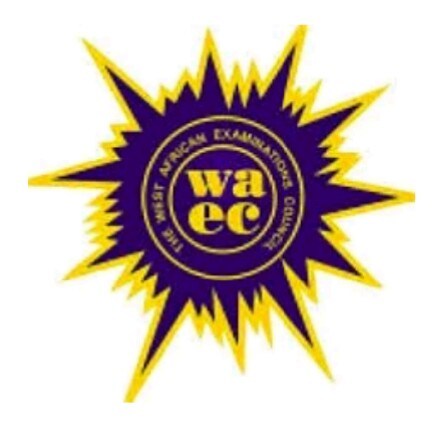Studying the syllabus is crucial for successfully preparing for the WAEC Photography examination.
This comprehensive guide provides an overview of the syllabus, including its aims and objectives, as well as the format of the examination.
By following this syllabus, candidates can identify the topics they need to study, understand the key concepts, and maximize their exam preparation.
Objectives:
The WAEC Photography syllabus aims to assess candidates’ knowledge and skills in photography as a means of visual communication.
It also evaluates their understanding of the socio-economic potentials of photography. The objectives include:
- Understanding the meaning and importance of photography as a medium of visual communication.
- Exploring the evolution and historical development of photography in Nigeria.
- Familiarizing oneself with the scope of photography and its associated terminologies.
- Acquiring knowledge about photographic equipment and their uses.
- Developing skills in taking, processing, presenting, and preserving photographs.
- Understanding the use of digital technology in photography.
Scheme of Examination:
The WAEC Photography examination consists of three papers: Papers 1, 2, and 3. All three papers must be taken by candidates.
Paper 1: This is a multiple-choice (objective) paper with 40 questions to be answered in 1 hour, carrying 40 marks.
Paper 2: Candidates are required to answer 4 out of 6 essay questions within 2 hours, carrying 60 marks.
Paper 3: This paper comprises two sections: Section A focuses on photo analysis, while Section B covers processes and equipment. Candidates must answer 4 out of 5 questions in 3 hours, with a total of 100 marks.
Topics Covered:
The examination papers will cover various topics related to photography, including:
- Introduction to Photography: Meaning, functions, and uses of photography in different contexts.
- History of Photography: Origins of the camera and photography, development of photography in Nigeria, and notable pioneers in the field.
- Terminologies in Photography: Key terms such as exposure, develop, print, focus, aperture, shutter speed, composition, and more.
- Light in Photography: Sources of light, properties of light, and its significance in photography.
- The Camera: Design principles, categories and types of cameras, lenses and their principles, maintenance, and care.
- Film: Nature, types, formats, and film speed (ISO).
- Taking Photographs: Processes involved in capturing a photograph, composition techniques, and considerations for different scenarios.
- The Darkroom/Film Development: Layout, requirements, tools, equipment, chemicals, film development processes, and safety measures.
- Printing of Photographs: Materials, equipment, printing process, exposure, development, fixing, drying, and storage.
- Digital Photography: Differences between analogue and digital photography, equipment, software, input/output methods, and devices.
- Exhibition of Photographs: Procedures for mounting, framing, acquiring space, publicity, and display.
Recommended Textbook:
For further reading and reference, the following textbook is recommended:
- Title: “A Short Course in Photography: An Introduction to Black-and-White Photographic Technique, Third Edition” Authors: London, B. & J. Stone Publisher: HarperCollins Publishers, Inc., 1996.
Conclusion
By studying the WAEC Photography syllabus and using it as a guide, candidates can effectively prepare for the examination.
It is important to understand the aims, objectives, and topics covered in the syllabus, as well as the format of the examination.
With thorough preparation and the recommended textbook, candidates can approach the exam with confidence and improve their chances of success.






